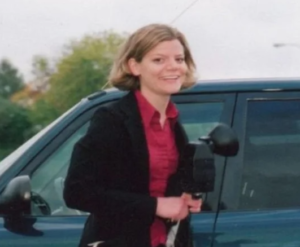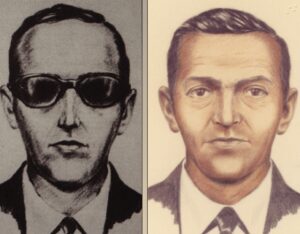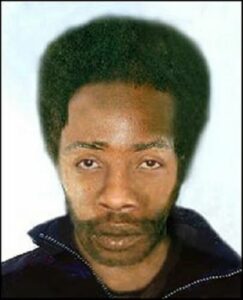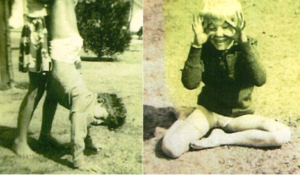What Is Fair Punishment For Murder? On Netflix Now: I am A Killer, Released.
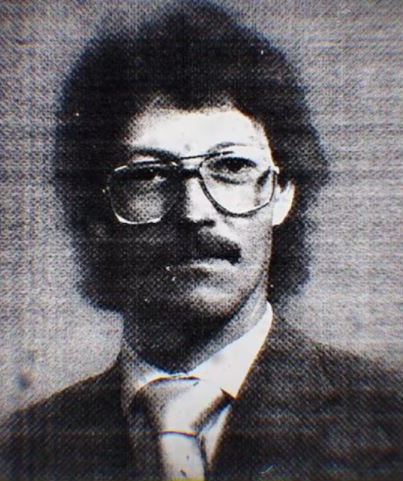
John Zeltner Jr. Murdered in Arlington, Texas. 7th April, 1990.
The question of fair punishment for murder is a massive debate. It is an issue that all human cultures have wrestled with. In this Netflix docuseries you see Dale Wayne Sigler. After 30 years served in a Texas penitentiary he is out and this TV documentary follows his life after the bars.
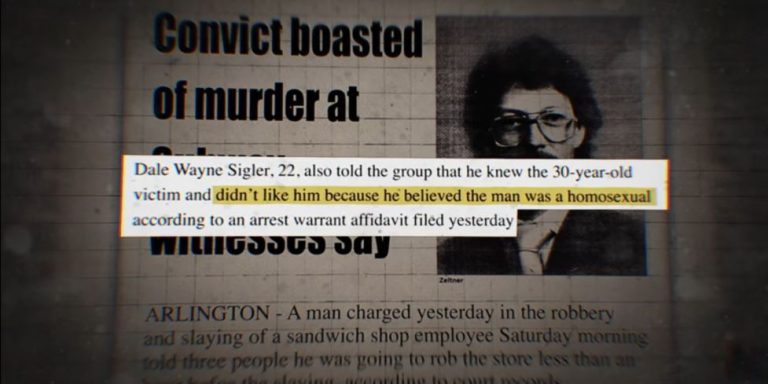
The opening words ask the question. It is Sigler’s voice you hear. From there you will be told of the murder that sent him to death row. This sentence was later reduced to a minimum of 30 years inside.
In 1990 he killed a Subway employee called John Zeltner and stole $400. Zeltner had not just been shot enough to kill him. He had been shot multiple times. Sigler recounts shooting him six times in the torso and then shooting him more when he was on the ground. John Zeltner was weeks away from being 31 years old.
After posing the question about fair punishment Sigler then urges the viewer to ‘open your mind, be less judgemental.’
I have to say they are lovely words. Such sentiments follow the trend of compassion towards violent offenders. You can find that sort of tolerance promoted all over the internet. Sigler has reformed. It shows a god fearing ordained minister. In the TV coverage you see a man who takes full responsibility for the murder. He talks of a transformation. Sigler was molested as a young boy, he had a tough childhood and he descended into a drug fuelled existence. At 21 he was homeless and chaotic. This he admits freely with sadness in his eyes. This is a giant of a man who can be seen crying at the sight of a Subway sign.
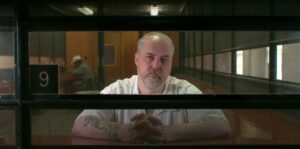
In the first episode you will hear him state, that no matter what you or I think, he is a ‘walking miracle.’ He says that with conviction and points out we cannot take that away from him.
‘I am A Killer, Released’ is a short series and it is very well done. The makers seem to just report the story and they let Sigler do most of the narration. In the second episode you see this ex con as he is released in to the care of 71 year old Carole. She is a Christian woman who had become his second mother. They met when she was visiting another prisoner and they get on like a mother and son should.
At that point this story is all that prison reformers could ask for. A man contrite and a man totally changed. Then the revelation comes. Sigler says that he did not kill his 30 year old victim for the money. It was not a vicious act intended to free up drug tokens for the street. No.
That may have been what he accepted as the story at his trial. What actually happened was Zeltner attempted to have sex with Sigler. When Sigler refused to be a part of this Zeltner made a threat.
He told the vulnerable 21 year old abuse victim that he had better have sex with him. If he did not, Zeltner would just tell everyone he had. Sigler tells the camera what his reaction to this had been. He told Zeltner that if he carried out his threat of false rumour he would kill him.
Sigler, believable and emphatic, then says he heard that his victim was looking for him. He wanted contact. Sigler took this as a sign that Mr Zeltner was not going to give up and he was likely to make good on his threat. So this frightened young man killed his tormentor.
It was not as evidence stated at his trial. He had not been saying he would rob the Subway while high on drugs. He had not said he would kill Zeltner if he got in his way. He had not been with a group of friends when he said all this.
Sigler joins a church congregation after his release from prison. From the lectern he testifies to this motive. He was abused by a family member as a child and in 1990 he was under threat of being abused again.
Former prosecutors were dismissive. As you would expect from hardened representatives of the state, they could not accept this. Why, they asked, had he not said this at the trial? In their final analysis they felt that it made no difference to the premeditation that went with the crime.
Sigler said he signed the robbery/homicide confession because he was too despondent to care and he did not believe anyone would listen to his story. This view was changed when he contacted the parole board in 2015. That is the first time there is record of the blackmail motive.
The family of Mr Zeltner, his brothers, were not told of this change of motive in the film. A footnote said they rejected the idea that blame could be placed on their dead kin.
Sigler ends the show making a brilliant statement. He deserves the chance he had to make a new life on parole. He has more than paid any debt. So the answer to the posed question, according to Mr Sigler, is that 30 years is more than fair.
Mr Zeltner was a openly gay man who as far as I know had nothing in his history to support what Sigler said. He is not here to counter the allegations. He is not going to get parole or move on after 30 years.
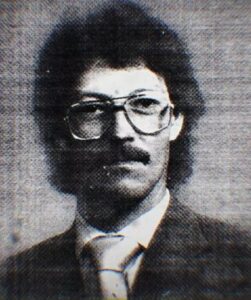
In one statement Sigler says he might be a killer, but he has never been a homosexual. Does that mean he is saying the former is better than being the latter? It might be an unfortunate way of attesting he was truthful about being a murderer and therefore he would admit to having a sexual relationship with men. It didn’t sound that way though.
On the one hand Sigler totally accepts responsibility for the murder. Then he subtly makes a case for mitigation. Not mitigation that I accept. Running through it there is a hole in Sigler’s logic. If Mr Zeltner put word about that Sigler was gay he would kill him. That is what Sigler said had been his response to the threat. Yet there was no evidence that Mr Zeltner said anything of the sort and Sigler shot him anyway.
Sigler makes a firm declaration that it was not because Mr Zeltner was gay. It was not a hate crime as it would be called today. It was a reaction to the pain of abuse from years ago. This situation bubbled up into murder because of what Mr Zeltner said. He also points out that the like of you and I cannot understand that pain.
The problem is the like of Sigler cannot understand the years I have done dealing with the like of him. Regardless I can answer the question posed in the beginning of the program.
I do have an open mind. I claim my right to judge a murderer who shot a man multiple times and then stole $400. I believe I can make up my mind without being guided by an execution style killer. I reject him instructing me to not judge him. I am a flawed man, but I can judge a killer like Sigler.
Mr Zeltnor was not tried for blackmail. In fact I have heard nothing said that supports Sigler’s story. I can say that Sigler was tried and convicted of a robbery homicide and found guilty.
Only the rest of a man or woman’s life as in any way payment for murder. That is my answer.
What do you think?
Tim
